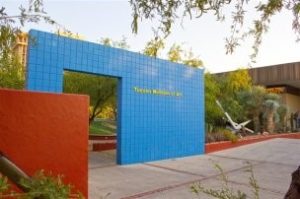Tucson attracts a diverse group of travelers because there are a variety of things to do while visiting. For a closer look at the Arizona desert, spend some time exploring the nearby Saguaro National Park and the hiking trails of Sabino Canyon. The Arizona-Sonora Desert Museum also provides an interesting (and air-conditioned) look at Tucson’s flora and fauna. For a taste of contemporary Tucson, spend some time perusing the galleries in the Catalina Foothills district or mingling with University of Arizona students at bars on the historic Fourth Avenue.
#1 in Tucson
Although it’s called a museum, this facility – about 15 miles west of downtown Tucson – is more of a zoo. In fact, 85 percent of what you’ll experience is outdoors (so dress accordingly). The Arizona-Sonora Desert Museum’s 98 acres host 230 animal species – including prairie dogs, coyotes and a mountain lion – and 1,200 local plant species (totaling 56,000 individual plants). Walking through the museum’s trails, visitors get acquainted with desert life. And if you feel hungry after your leisurely hike, you can enjoy a meal at one of the museum’s four eateries, all of which have great views of the surrounding desert.
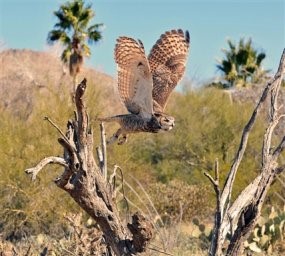
#2 in Tucson
Regarded as one of the most scenic drives in southeast Arizona, the Mount Lemmon Scenic Byway takes travelers to the upper reaches of Mount Lemmon and the Santa Catalina Range. Aside from the arresting canyon and mountain views, the nearly 60-mile round-trip byway offers visitors the biological equivalent of driving from the deserts of Mexico to the forests of Canada (the road begins in the lower Sonoran vegetative life zone and ascends to the high forests in the Canadian zone).
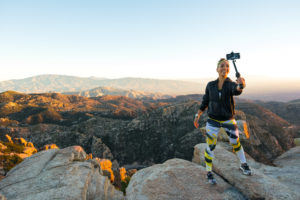
#3 in Tucson
This 91,327-acre park pays tribute to the infamous saguaro cactus, a common symbol of the American West. It’s divided into two districts: The Rincon Mountain District, about 13 miles east of downtown, and the Tucson Mountain District, about 23 miles west of downtown. Each section features a visitor center, miles of hiking trails and, of course, hundreds of towering saguaro cacti.
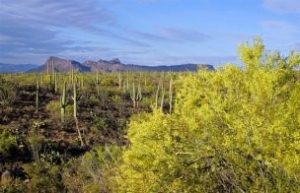
#4 in Tucson
Located along the base of the Santa Catalina Mountains on Tucson’s northeast edge, Sabino Canyon’s numerous hiking trails and swimming spots make this recreation area popular with locals and tourists alike. Visitors can picnic among the saguaro cacti and cool down in Sabino Creek. And if you’re looking to get a feel for the area without breaking too much of a sweat, take a ride on the Sabino Canyon Tram. The 45-minute ride is a nearly 4-mile narrated tour into the mountain foothills. Trams make nine stops, allowing travelers to hop on and off if they’d like to tackle any of the hiking trails in the canyon.
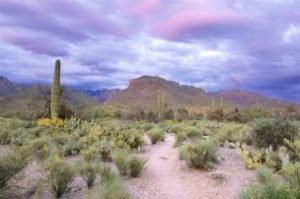
#5 in Tucson
Sitting just south of Tucson near the airport, Mission San Xavier del Bac (known as the White Dove of the Desert) is a stunning example of 18th-century architecture. Influenced by Moorish, Byzantine, Renaissance and Mexican architectural styles, this active Roman Catholic Church is worth visiting just for the photo ops, according to travelers. Visitors are invited to tour this National Historic Landmark as an architectural site or sit in on weekly Mass.
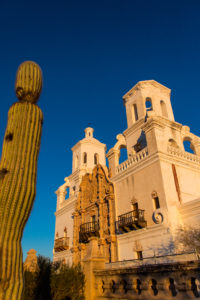
#6 in Tucson
Housing more than 350 aircraft and spacecraft, this is one of the largest air and space museums in the world. Visitors see some of the most historic crafts, including an X-15A-2 (which set the altitude record when it reached the edge of outer space in the 1960s) and several Russian MiGs, which have been used by the Soviet and Russian army since the 1940s. You can also tour the 309th Aerospace Maintenance and Regeneration Group (AMARG). Known fondly as the “Boneyard,” this facility features dozens of out-of-work aircraft, lined up under the desert sun (tours of this section of museum cost extra).
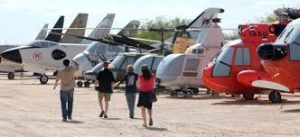
#7 in Tucson
Flanking the northern edge of the Catalina Foothills district, Catalina State Park provides spectacular views of Tucson and the surrounding mountain ranges. Inside, the park hosts 5,500 acres of canyons, streams, and hiking and biking trails that wind through the Coronado National Forest at elevations near 3,000 feet. Along with the gorgeous views, keep your eyes open for birds; more than 150 species call the park home. Some visitors choose to hike, but you can also explore the park trails on horseback. Sitting at the eastern edge of the park, Houston’s Horseback Riding offers guided trail rides.
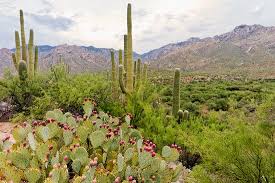
#8 in Tucson
Located 5 miles north of Tucson, the Franklin Auto Museum is a must-see for both car and history enthusiasts. Franklin Automobile Company produced vehicles from 1960 to 1934 and was responsible for many innovations in the automobile industry during that period. The Franklin Auto Museum has expanded over time to include representative examples of all Franklin automobiles, as well as a library of Franklin Company research materials.
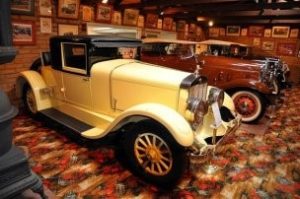
#9 in Tucson
Home to a variety of exotic animals, ranging from elephants and jaguars to flamingos and roaches, the Reid Park Zoo in central Tucson is a favorite place for families to spend a few hours. When you’re not observing the animals from afar, several activities allow you to interact with them, such as the giraffe feedings. There’s also a zoo train, a wet play area and a carousel, along with daily demonstrations with zoo keepers.
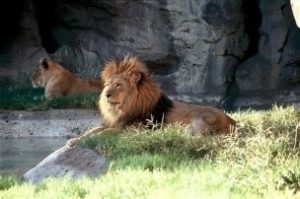
Tucson Museum of Art & Historic Block
#10 in Tucson
The Tucson Museum of Art & Historic Block pays tribute to the city’s vibrant past not just in its name, but also in its appearance. Its galleries are housed in historical adobe homes that together make up an old-fashioned, Mexican-inspired village. Each structure is dedicated to a different artistic theme, such as the American West, Latin America and contemporary art. The museum also hosts notable traveling exhibitions.
